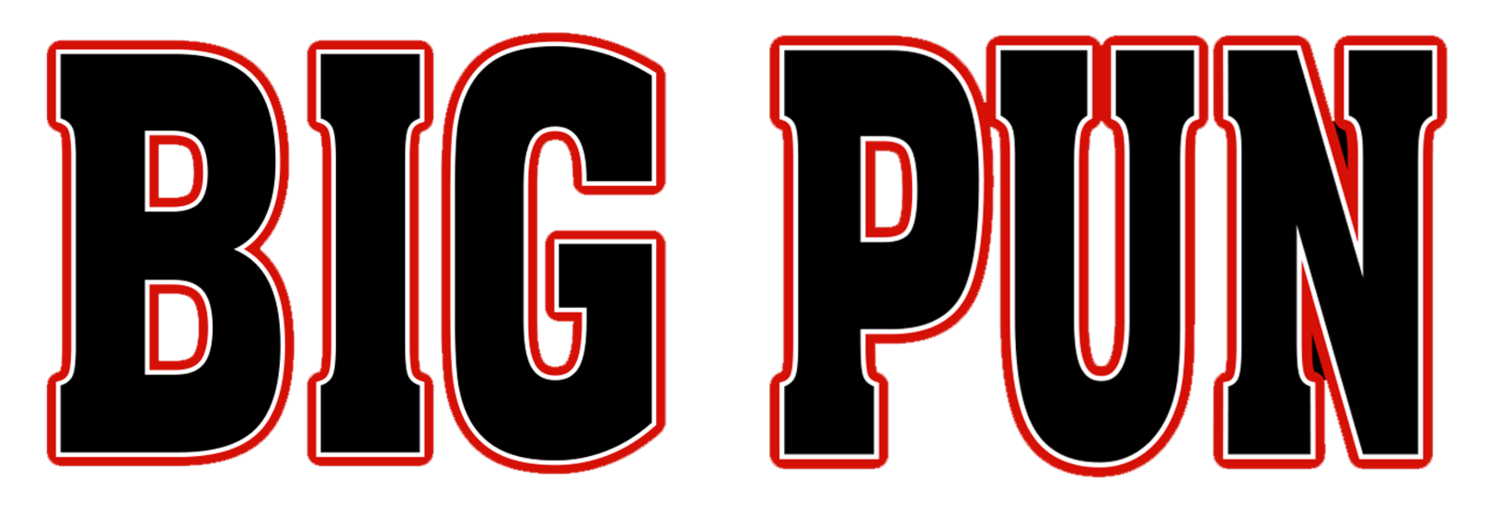The Unsung History of New York Latinx Rap
y now, any hip-hop fan worth their kicks ought to know where this music comes from. But for the uninitiated (or those too young to remember when local crew Boogie Down Productions heralded it in song), the South Bronx invented a genre that became a movement that became the biggest sound in the known world. Even the Google Doodle people recognize DJ Kool Herc’s August 11, 1973 “Back to School Jam” at 1520 Sedgwick Avenue as the birthplace of hip-hop. But the real story begins years before that landmark event. In the Bronx (as well as upper Manhattan and other outer boroughs), white flight to the suburbs, a dearth of economic opportunity, and the effective ghettoization of Black and Latinx New Yorkers from the 1960s into the 1970s left the city’s neediest communities in dire straits. Street gangs largely organized around ethnic and racial lines engaged in territorial battles. Fights between rival groups were typically bloody, and the violence limited the ability of young Black and brown people to between — or leave — these neighborhoods.
Following a particularly violent series of incidents that led to the 1971 murder of Cornell “Black Benjie” Benjamin, a prominent Puerto Rican leader in the socialist-minded gang Ghetto Brothers, a peace meeting was held at the Boys Club on Hoe Avenue in the Bronx. And while it certainly didn’t put an end to violence in the city, the multi-gang treaty that emerged from this unprecedented gathering allowed for something like the Back to School Jam to be possible. That party, and other similar uptown functions, brought together both Black and Latinx gang members along with their friends, siblings, and cousins. An attendee of the event, local DJ Luis Cedeño aligned with his friend Grandmaster Caz and formed the Mighty Force crew. Half Cuban and half Puerto Rican, he became Disco Wiz, the first Latin DJ in hip-hop.
Despite the undeniable history of Latinx contributions to hip-hop, the visibility of Latinx people in the 1980s NYC hip-hop scene was surprisingly limited. Prince Whipper Whip and Ruby Dee — both vocal members of Grand wizard Theodore’s seminal Fantastic Five — represented with pride at the start of the decade on 1980’s seminal single “Can I Get A Soul Clap.” DJ Charlie Chase of the Cold Crush Brothers would regularly infuse the sounds of Latin music into his routines and later on his vital WBLS radio broadcasts — though his most visible contributions to Charlie Ahearn’s 1983 rap film Wild Style and its soundtrack were about scratches, not salsa.

